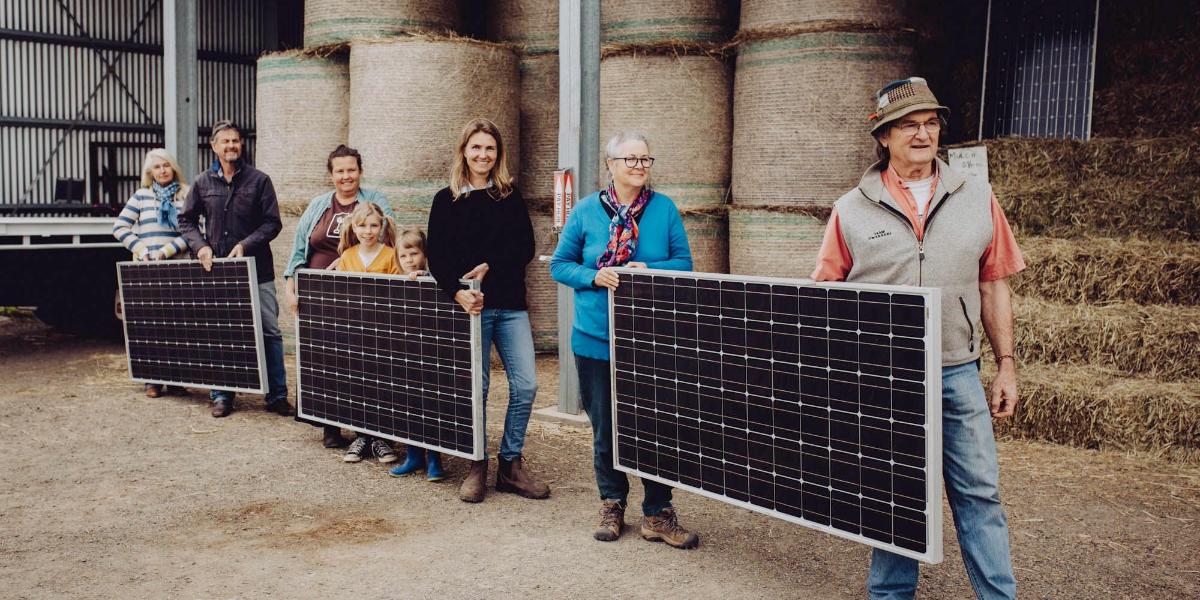Community groups around Australia are taking on the shift to renewable energy, delivering local energy projects with outstanding socioeconomic and environmental benefits, including raising up to $87m to fund their own projects.
These are the key findings of a report published today by Community Power Agency, in collaboration with researchers from the University of Technology Sydney and University of Melbourne.
The report makes eight recommendations, including calling on all state and territory governments to unlock 100MW of community energy projects by 2028.
55 groups, roughly half the Australian community energy sector, were surveyed about the largely volunteer-driven projects, which include solar, battery storage, energy efficiency, electric cars, microgrids and wind turbines.
The researchers asked groups about projects they’d been working on in the past 12 months and found:
- Groups had raised $86.8 million in funding for community energy infrastructure;
- The projects had produced over 19,000 MWh of clean energy – enough for 2,800 homes for a year; and
- The projects had avoided 13,947 tonnes of carbon dioxide-equivalent, which is the equivalent of removing 7,748 cars from the road for a year.
One of the community energy projects is Geni Energy in Narrabri, which has installed battery and solar projects around town, helping locals save on power bills and keep the lights on during blackouts. They are also developing a Narrabri Community Battery.
Since 2015, there has been the establishment of at least 30 new community energy groups and the sector currently has a strong estimated supporter base of 38,000 people.
The report found people involved in energy projects were primarily motivated by action on climate change and emissions reductions. This was followed by a desire for local participation in the renewable energy transition and for increased energy reliability and self-sufficiency.
Kristy Walters, Director of Community Power Agency said Community energy projects are vital to democratising our energy system and in the process they are enabling many other benefits at the local level.
“It’s remarkable that these energy groups have achieved so much – funding their projects through the community, with minimal government support.
“This is the low hanging fruit of decarbonising our grid. Communities want to be involved in their own energy generation and the projects we have highlighted demonstrate how important this is for community buy-in.”
Despite their achievements, community energy groups face challenges such as a lack of funding, navigating complex regulatory systems and volunteer burnout.
The report emphasises the need for targeted government support to overcome these obstacles including:
- Dedicated and ongoing grant funding for community energy projects and capacity building hubs;
- The establishment of a Community Energy Collaboration Network to support community energy groups to navigate challenges and share knowledge; and
- The establishment of community feed-in tariffs for mid-scale community energy projects of 6-7c premium above PPA/wholesale rate for 10 years.
Copy of the report available here
Something going on in your part of the New England people should know about? Let us know by emailing newsdesk@netimes.com.au


